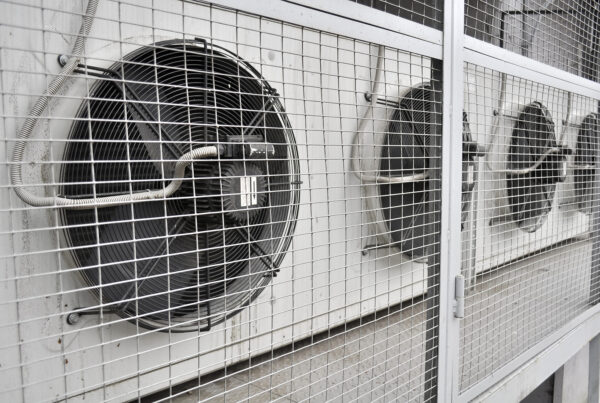I read with great interest Gino Robair’s article in The March issue of mix magazine entitled “Reverse Engineering”. The article’s main theme is the use of empathy. It is not a feeling empathy, but rather a listening empathy. Gino wants us to keep our ears and mind open to how other people hear things and what can happen out of that search process to obtain a desired sound.
He begins with microphones and how each one has a different way of “hearing” and how each microphone’s sound is different and unique. Each microphone has distinct acoustical sound properties and it is the job of each engineer to fit the microphone with the recording purpose and end sound desired. Most engineers that I know have a love affair with their microphones and know in great detail how they will record sound for later use and digital manipulation. There are microphones for vocals and there are microphones for instruments. Each type work well within their design goals. Gino sums it up best when he says, “In essence, the engineer is lending the audience a special set of ears with which to hear the music.”
Gino goes on to discuss recording techniques and how engineers use different methods of recording sound energy. I really enjoyed his discussion about placing microphones in resonant chambers or cavities. Harmonics can be achieved in a resonant chamber to accent certain qualities found in an instrument or vocal. He sums his position up by saying, “On a pure recording level, it makes more sense to capture an interesting sound at the source via mic choice and position than to stack up plug ins in an attempt to approximate the effect while mixing.”
He uses composer, Pauline Oliveros, as an example of this in the moment recording technique process. He talks about her use of a bathtub as a type of reverberation chamber and her covering and isolation of certain microphones to selectively capture and record the sound energy she wanted in her recordings. He stated that she even put microphones in cardboard tubes. All of these “home grown” recording techniques were driven by economics. During the early days of recording, the professional gear that engineers and musicians needed was too expensive for musicians to buy let alone use. Engineers and musicians had to build their own equipment and discover new ways to record the sound that they wanted because they couldn’t afford the pro gear.
This pioneering spirit is alive and well today. Engineers are using “hot rodded” gear and plug ins in the digital domain. Engineers and musicians are building their own effects boxes and they are doing this with information that they are finding on the internet. They are building amplifiers and processors hopefully, in the same spirit as Pauline Oliveros used her cardboard tubes around her microphones to isolate certain sounds. She used necessity and creativity to achieve the sonic goals she had in mind, without plug-ins and multichannel boards.
Gino cautions all of us in the business about the dangers of relying too much on current technology. He states, “We forget that much of today’s technology was designed to simplify things or remove barriers. Back in the day however,these barriers often kicked our butts into creative space. I believe that challenging yourself by narrowing your options ultimately inspires you to find interesting and unusual solutions that you wouldn’t have otherwise discovered, precisely because it makes it more difficult to get things done. A student asked me the second day of class this semester how she could get an “old school sound” when recording. No doubt she expected me to point to a classic mic or a special plug-in bundle. Rather, I explained to her she could start by confining herself to a couple of tracks on a linear recording device that offers only destructive editing capabilities, while severely limiting her mic and processor choices. And then she could give herself one day to make the record.”
This process of creativity under pressure and need without electronic aids is applicable to all walks of life. It is the struggle and growth through that process that produces unique results and creative sounds. It is the journey we need to embrace, the destination will take care of itself.





